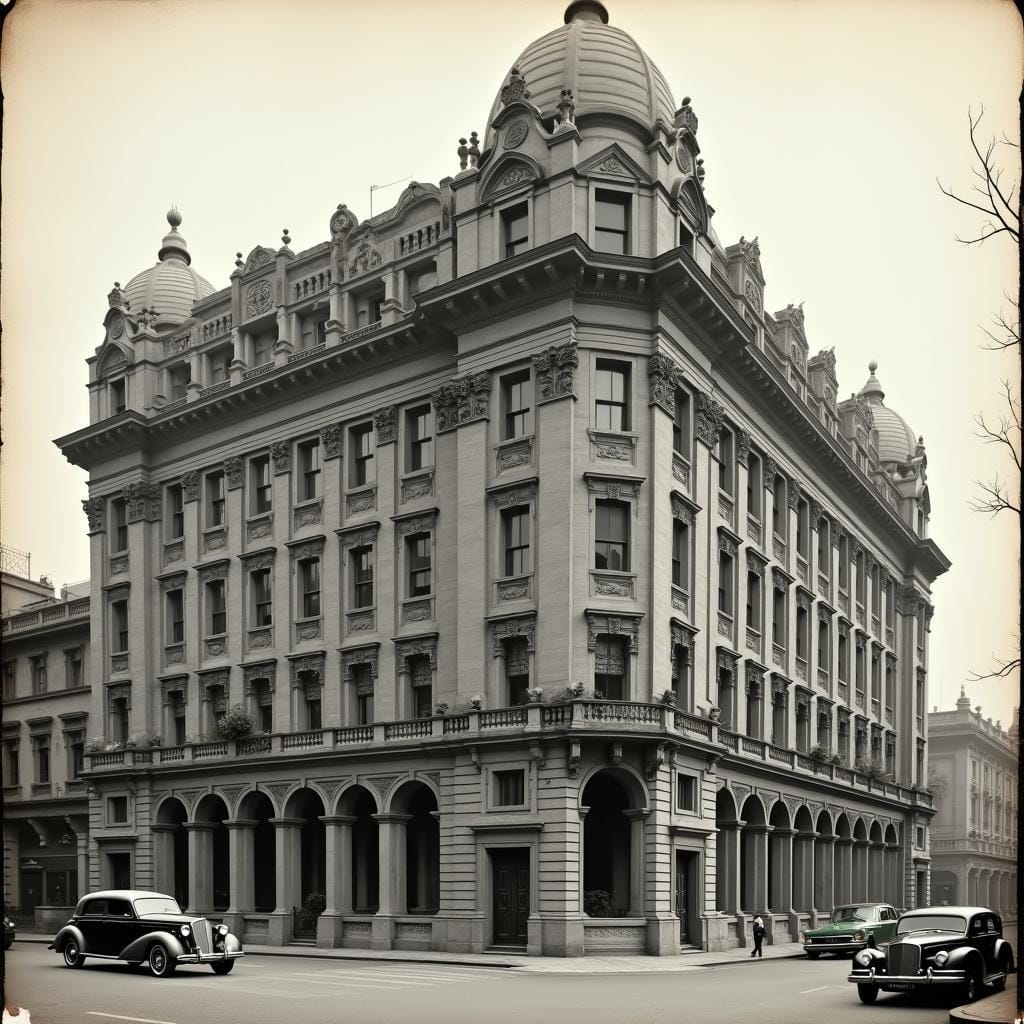Mumbai Workspaces Evolution: Co-working & Business Hubs Solving Space Crunch
Setting the Stage for Mumbai’s Evolving Workspace Landscape - A Journey Through Time.
Mumbai Workspace History: A Timeline British Colonial Era (1850s1947)
The British colonial era brought in a wave of new office buildings, such as the iconic Taj Mahal Hotel and the Standard Chartered Building.

These buildings were designed to accommodate the needs of British businesses, with large open spaces and high ceilings to accommodate the large workforce.
Independent India (1947-1960s)
After independence, India's growth and industrialization led to a significant increase in commercial real estate. High rise buildings, such as the Tata Center and the Bombay Stock Exchange, were built to accommodate the growing number of businesses and workers.
These buildings were designed to be energy efficient and environmentally friendly, with features such as natural light and ventilation.
Modern Day Mumbai (1960s present)
In the 1970s and 1980s, Mumbai witnessed a boom in IT and software industries. This led to a surge in co-working spaces and shared offices, as entrepreneurs and startups sought affordable and flexible workspaces.

Modern co-working spaces, such as the We-work and the Embassy Office, provide shared work spaces and amenities, including meeting rooms, printing facilities, and secure parking.
Key Trends
Co-working and Shared Offices: The rise of co-working and shared office spaces has revolutionized the way businesses operate in Mumbai. Flexible Work Arrangements: Many companies now offer flexible work arrangements, including remote work and flexible hours. Technology Integration: Many office buildings are equipped with highs peed internet and other technologies to support remote work.
Impact on the City
Mumbai's workspace landscape has created a vibrant and dynamic city. It is a hub for startups, entrepreneurs, and businesses of all sizes.

The city is also a major financial and business center, attracting visitors and investors from all over the world.
The Birth of Office Spaces in Mumbai: A Historical Overview
During British colonial rule, Mumbai became a significant hub for trade and commerce. This led to the development of grand buildings that housed offices. Post-independence, office spaces underwent several changes as industries flourished, from textiles to IT services. Key milestones included the rise of IT parks in locations like Bandra Kurla Complex (BKC) and Powai.
The Rise of Space Crunch: Understanding the Challenge
Mumbai's rapid population growth has resulted in increased real estate demand, leading to limited availability of affordable office spaces. Escalating rents in prime locations have made it challenging for startups, entrepreneurs, and Small & Medium Enterprises (SMEs) to secure offices without significant upfront costs.
Enter Co-working Spaces: A Game Changer for Flexible Workspace
Co-working spaces are shared, flexible work environments where individuals and businesses can rent desks or private offices on a monthly basis. In Mumbai, co-working giants like We Work, Innov8, and Awaits Spaces have emerged, offering affordable rates with minimal upfront costs to address the space crunch.
Business Hubs: A Response to the Demand for Collaborative Spaces
Business hubs are specialized zones that foster innovation and collaboration among startups, entrepreneurs, and SMEs by offering a range of amenities. Popular business hubs in Mumbai include BKC, Andheri, Powai, and Lower Parel. These areas provide facilities like high-speed internet, meeting rooms, event spaces, cafeterias, and networking opportunities to attract startups and businesses.
The Role of Government Policies in Shaping Mumbai's Workspace Evolution
The government has implemented policies to promote flexible workspace and co-working spaces, aiming to ease the space crunch. Initiatives include encouraging commercial real estate development and offering affordable office rental rates for SMEs. As we look ahead, Mumbai's workspace landscape will continue to evolve with increasing emphasis on collaboration, flexibility, and sustainability. Co-working spaces and business hubs are expected to play crucial roles in shaping this dynamic environment.